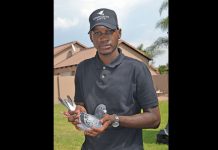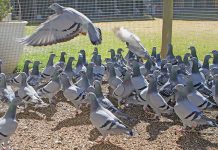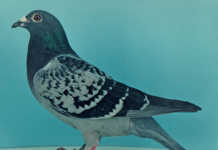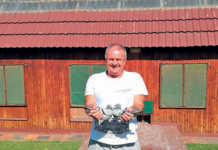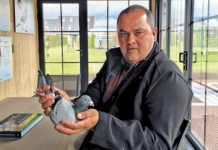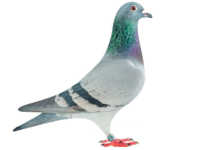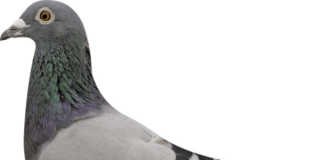Over the past 10 years, more than 100 000 racing pigeons have gone missing in race competitions in South Africa. What has happened to them?
The answers may be revealed in a court case looming in the pigeon racing fraternity – and could spell the end of the sport in South Africa. Whereas in the past, pigeon racing was enjoyed mostly by working- and middle-class fanciers who loved their birds, it is now dominated by the wealthy.
Big prizes of cash and cars, gold medals and ego gratification have meant that controlling bodies are often reluctant to take a stand against the abuse of pigeons at grassroots level. In short, too many beneficiaries at the top are enriching themselves at the expense of the pigeons.
Now, as a result of a case filed in the South Gauteng High Court by a Johannesburg fancier, the Transvaal Racing Pigeon Federation (TRPF) has been ordered to set up a task team to investigate “cruelty to racing pigeons”.
The TRPF programme
The TRPF’s 16 clubs hold 37 races between June and the first week of October. The shortest of these is the 260km-long Bethlehem event; thereafter the distances are increased, culminating in the Leeuw Gamka (938 km) and Matjiesfontein (1 035km) races.
The programme comprises 12 short-distance races (260km to 399km), 12 middle-distance races (472km to 562km) and 13 long-distance races (640km to 1 035km). Towards the end, pigeons spend days without food or shelter and fly for hours in the sun to reach their lofts. Hundreds are lost.
Champion points
The first 100 positions in each of the races are awarded points, and these are tallied to determine the champion fanciers and pigeons. The gap between the leaders is often so small that TRPF champions are determined only after the last two races from Leeuw Gamka and Matjiesfontein.
Although participation in any race is optional, leading fanciers feel compelled to participate in these final (mostly disastrous) races to defend their champion status. More than 50% of participating fanciers within the TRPF do not support these last two races, yet the management has failed to review its programme.
Why? Because a handful of specialist fanciers insist on taking part, despite the obvious gruelling nature of these marathon events.
Questionable vote?
In the case against the TRPF, the plaintiff states that his application was filed to prevent racing pigeons from being subjected to suffering and cruelty in terms of the Animal Protection Act No. 71 of 1962. The TRPF claims that its programme, distances and points system are “democratically” decided.
But the plaintiff argues that the resulting cruelty to pigeons is an offence which places the programme in conflict with the law and cannot be made enforceable to a member. He even questions the process by which a majority vote is obtained, saying that grass roots fanciers and even officials often feel “bullied” by certain fanciers into making decisions.
As a result, he contends, the majority of members fail to attend most meetings and do not vote – a fact recorded in the minutes. Yet the federation still maintains that the majority of members have voted for the programme.
The plaintiff asks that:
• TRPF events of over 850km (which includes Leeuw Gamka and Matjiesfontein) should be scrapped from the TRPF programme.
• Racing pigeons should not be liberated in a race of more than 600km if rain, hail, mist or dust storms are expected.
• The birds should not be released in headwinds above 30km/h or in temperatures above 26°C.
The routes from Matjiesfontein and Leeuw Gamka are over semi-desert and flown in October when water is not readily available.
It has even been alleged that fanciers use these events to get rid of inferior racers.
Dehydration, stress and continuous exposure may cause temporal cerebral breakdown, muscle cramp, tissue damage, heart failure, kidney damage, weight loss – and death.
Very low race returns
In the TRPF Matjiesfontein race, only about 13% of the pigeons make it home by the fourth day. Although returns from Leeuw Gamka tend to be better, in one race more than 800 pigeons did not reach home three days after liberation.
During both races, the pigeons fly on into the night, collide with wires or fall victim to predators. Deprived of water and food for days, they will consume almost anything, including contaminated water or rotten food. The thousands of lost pigeons wandering about in poor condition add to health risks for pigeons and animals generally.
And their physical breakdown makes them vulnerable to viral diseases such as paramyxo, which is potentially pandemic.
Email Thomas Smit on [email protected].

